You’d think that car enthusiasts would have moved on from the debate over Porsche building an SUV. Yet still, 20 years after the introduction of the Cayenne, there remains a divide among the purists and the pragmatists.
How dare Germany’s pre-eminent manufacturer of sports cars sell an SUV, goes the grumble. Stop moaning, say supporters – it’s kept Porsche in rude health, and have you even driven one?

Well, have you driven a Cayenne? Because soon after it was launched, at the 2002 Paris motor show, motoring journalists came to discover how, in typical Porsche fashion, the company had done the best job yet of putting the ‘sport’ into the SUV.
Porsche went public with its plans to build an SUV, known as Project Colorado, in 1998. Emerging from a fallow period, in the early to mid ’90s, where annual global sales had tumbled to just 14,362 cars, Porsche had seen great success in introducing the Boxster and Cayman, and sharing R&D and componentry with the 996-generation 911.
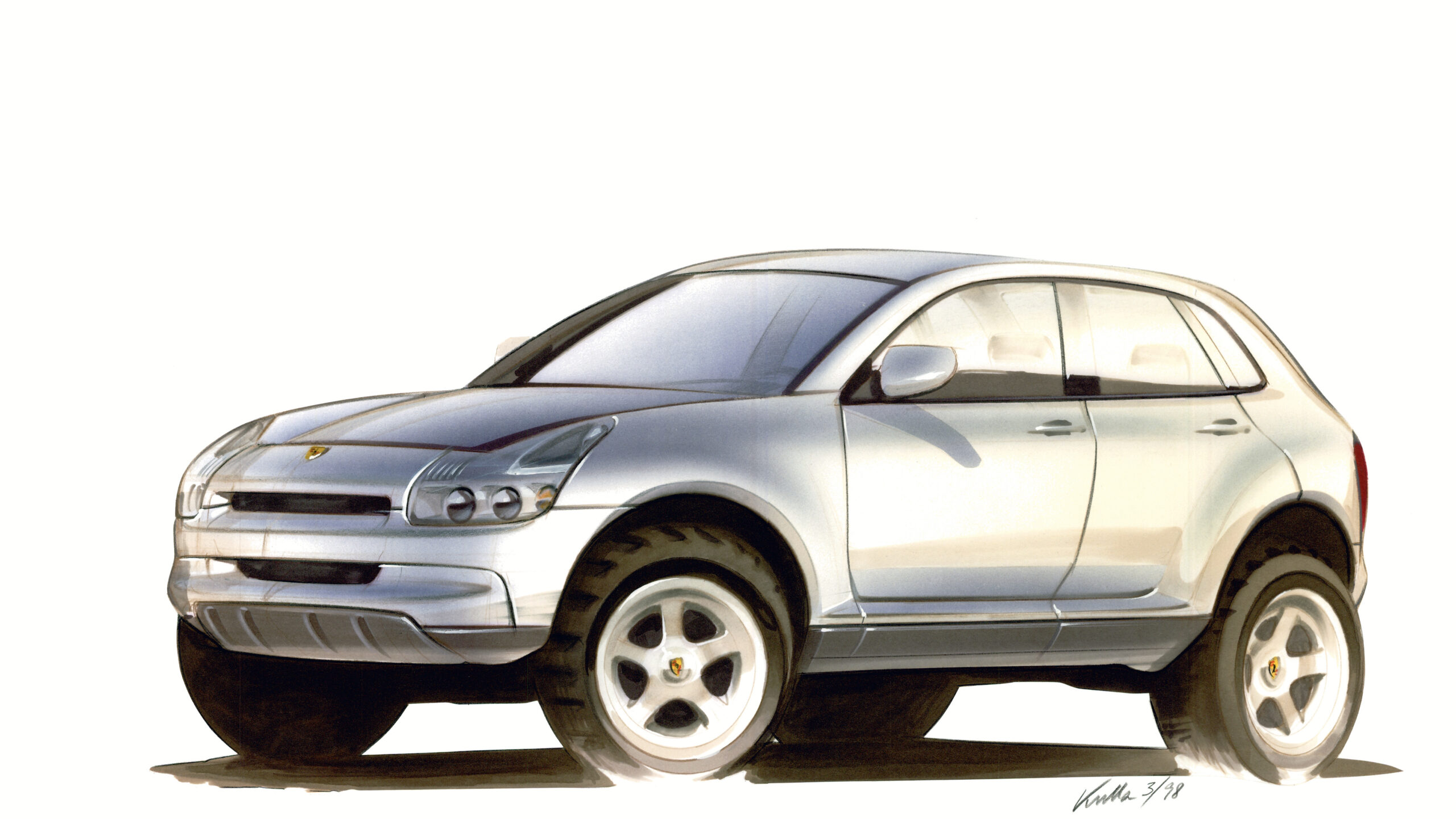
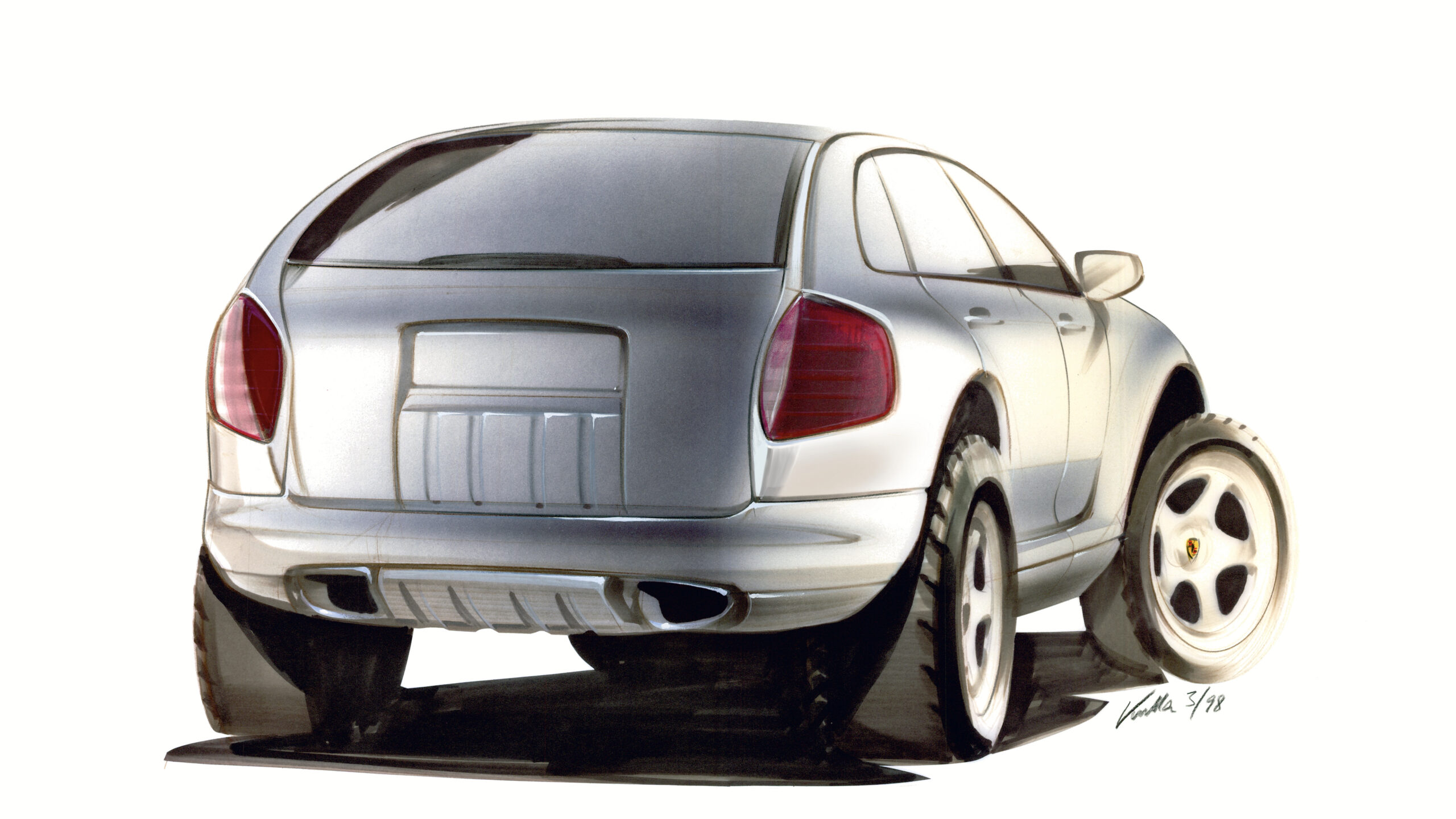
The board wanted to maintain that momentum, and called for another addition to the family. “A stool is more stable on three legs than just two,” was the message that was passed down to Hans-Jürgen Wöhler, former Vice President of Porsche’s SUV product line.
A two-door sports car of any guise was ruled out. The company had been badly burnt by the 928 saga, after all. Research showed that the 4×4 market was maturing into something altogether more sophisticated, but Porsche didn’t want to risk going it alone, so it agreed to share the burden of developing a new model range together with Volkswagen.
“It was a bold decision to build an SUV at the end of the 1990s,” observes Wöhler, “but this decision meant that Porsche was able to surpass all expectations just a short time later,” recounts the 63-year-old. “Ferry Porsche once said that if we would build an off-road vehicle in line with our quality concepts, it would certainly sell.” How right he was.
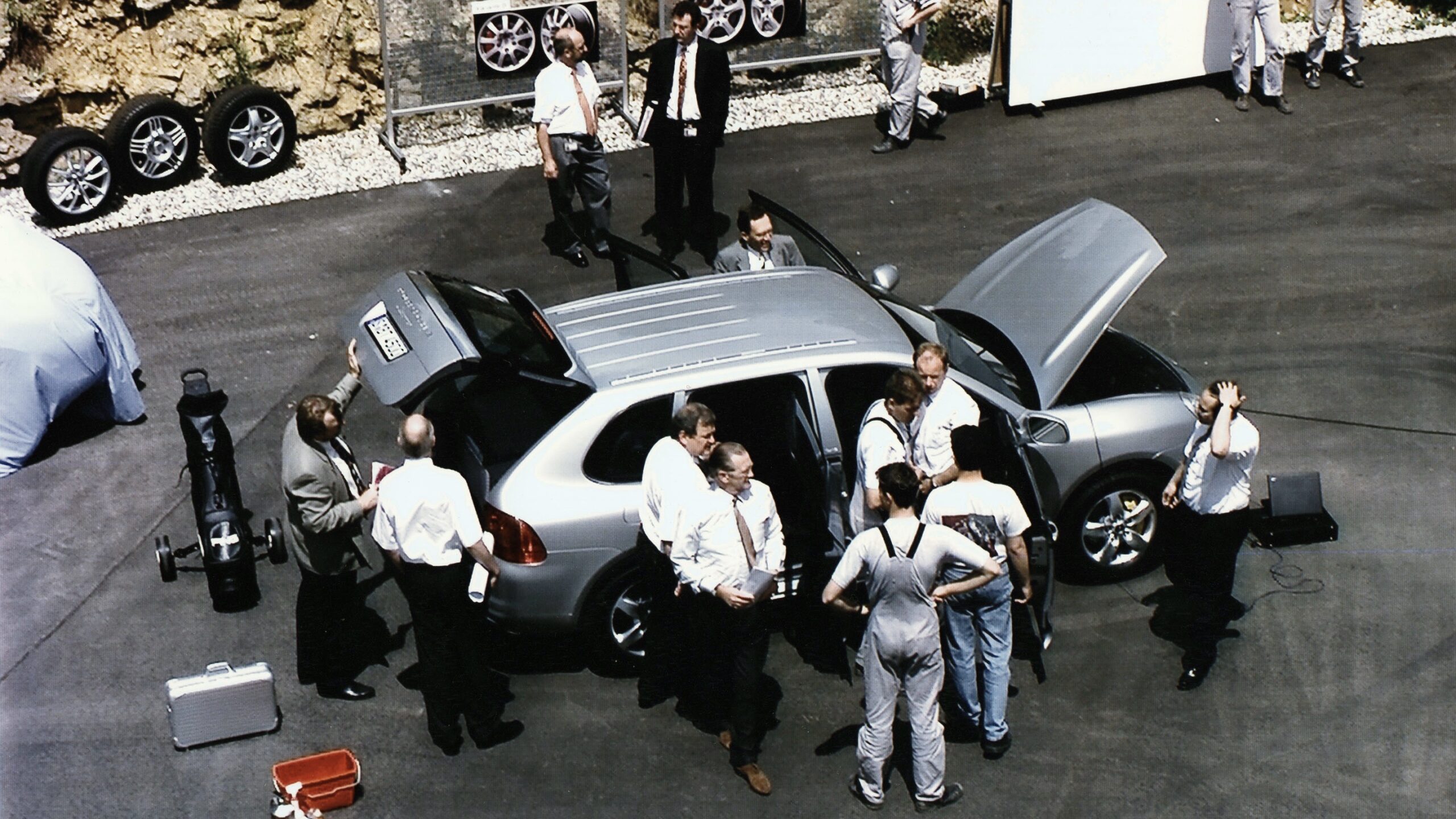
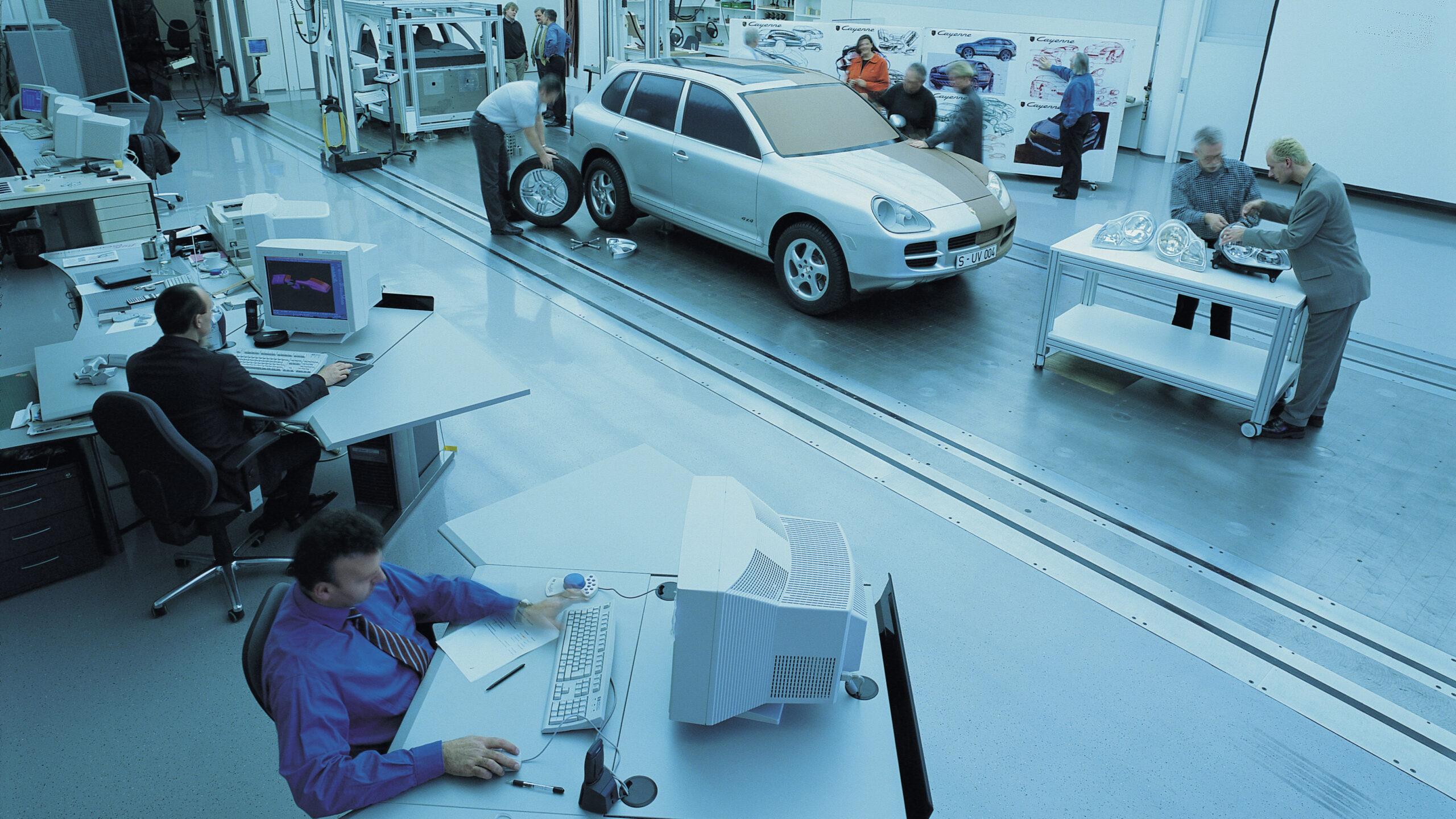
Back in 2002 it seemed like the end of the Porsche world, to many of its faithful followers. Yet history shows Porsche was way ahead of the game; today, every other premium sports car manufacturer has an SUV in its range. Even Ferrari has one in the offing and Lotus has shifted straight from Emira to SUV Eletre. The SUV jumped from niche to mainstream a long time ago.
But to rewind, what was the point of a large, tall and heavy, four-wheel drive family car that could give a sports car a run for its money on road, and tackle more than enough challenges off-road to impress all but the hardened off-roader? To many, this new approach didn’t compute. Despite the ‘Sport’ bit in SUV, no manufacturer had actually attempted to build something that lived up to the SUV pretension, whatever that may be. Besides, ‘Sport’ implied some sort of perceived lifestyle, not actual on/off road performance, or handling. It was the question that no one had asked, but the answer – quite quickly – was something everybody wanted, Porsche or otherwise.
Porsche’s answer was really quite beguiling. In ultimate, 450bhp, twin turbo, 175mph spec, the Cayenne was just outrageous. As in outrageously good and outrageously good fun. Porsche made sure that it would perform as well off the beaten track as a Range Rover, while on road it defied size and logic. And on the track? It would lap the Nürburgring very nearly as fast as a 911 – and probably rode the kerbs better…
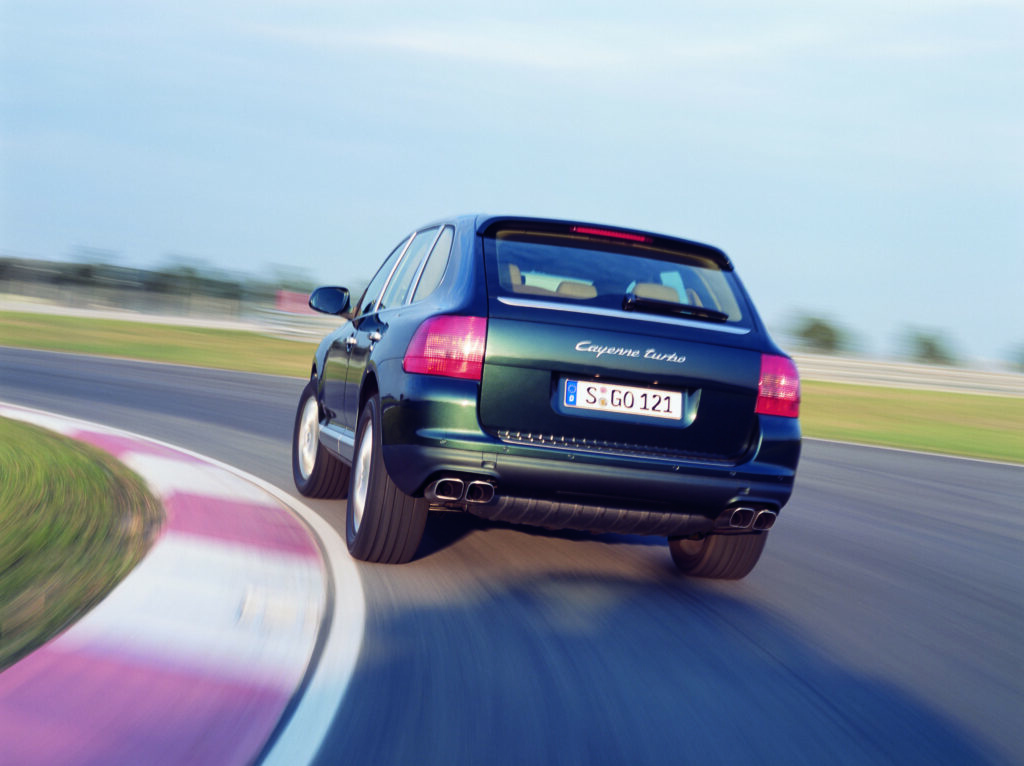
To drive it was to get it. This was a whole new way of going effortlessly fast, while imperiously elevated above the mere and the mortal at ground level. To an extent, this wasn’t entirely new, given the roads were full of plodding Troopers, Landcruisers, Shoguns and Rangies. However, the Cayenne shook things up and we should be thankful. Sure, you could argue that BMW got there first with the X5, but by comparison, even the acclaimed X5 couldn’t stand up to scrutiny when it came to pure and simple driving pleasure.
So is the Cayenne now – whisper it – a modern era classic car worthy of celebration? The point is becoming hard to argue with. Porsche went for maximum launch impact, with the Cayenne Turbo, but the mainstream model was always going to be the 4.5-litre, 345bhp, V8 Cayenne, which followed soon after. A 3.2-litre V6 with 250bhp also featured, and while Porsche vowed it would never build a diesel, it did and the 240bhp Cayenne V6 Diesel became a best-seller.
Porsche didn’t just get it in the neck for having the temerity to look into the future and build the Cayenne, it also got royally castigated for building an SUV that was considered pug-ugly too. But was it, is it? Again, and with tin hats on, we’d suggest, 20-years on, that the big old barge, with a nose inspired by the 911 Turbo (996), is nothing like as offensive as it may have been at its introduction. The lines penned by Harm Lagaaij (chief designer at the time) are ageing better than many may have expected.
Porsche played a blinder, and it couldn’t build the Cayenne fast enough, while also pointing out that it was the Cayenne that was effectively keeping the sports cars afloat. Cash Cow? More like a Cash Pig.
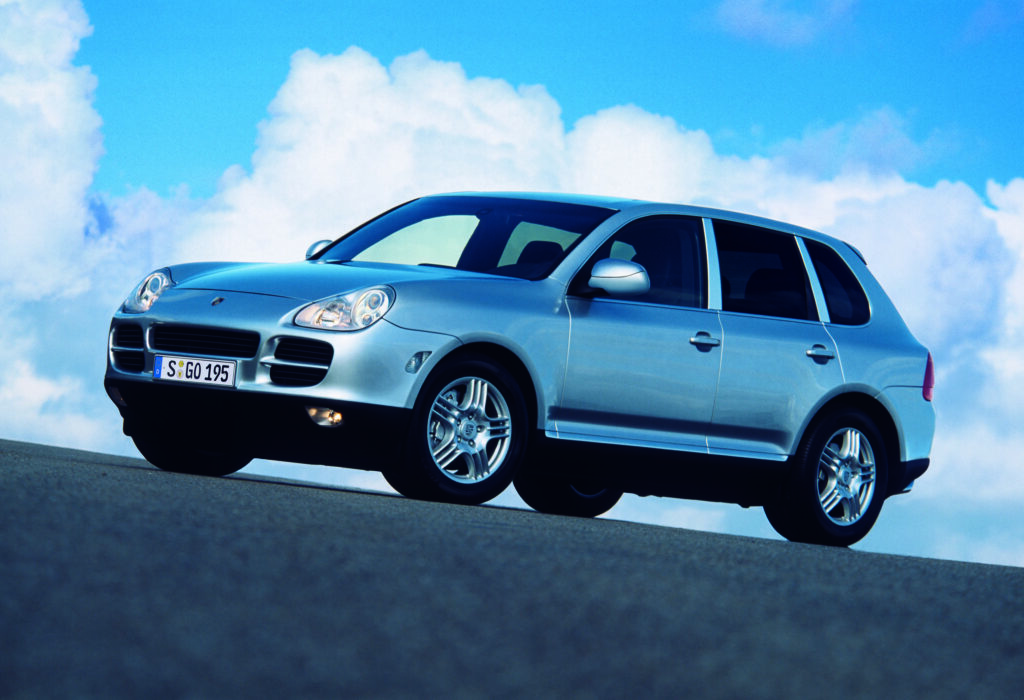
So now, after gently bigging up the Cayenne, the question has to be: Do you fancy one? If the early Range Rover is anything to judge by, anyone setting out to buy themselves a Cayenne should hunt out a pre-facelift ‘955’, or ‘Gen 1’.
There are some caveats. Firstly, there are some right old snotters out there, and plenty that have been scrapped, because they’re beyond economic repair. It’s the old adage: Just because you can afford to buy one, can you afford to run one? But on the flip side, you’re not going to buy a snotter, are you? You’re going to buy the best you can afford. And if you’re going to be a bear, you’re going to be a grizzly bear and buy a Cayenne Turbo, right? Well, by all means swallow the brave pill, but hand on beating heart, we can’t recommend the Turbo, simply because of its complexity. If stuff like air suspension and twin turbos, on a 20-year old car, doesn’t put you off, then you are made of sterner stuff than us.
Likewise, the 3.2 V6 might seem kind of enticing, but in reality, it has to be worked hard, and the upshot is economy that isn’t much – if any – better than either of the V8s. And the diesel? Kind of the same scenario. With the best will in the world, the diesel struggles to nudge 30mpg. Although we would concede, it does have torque on its side: 406lb ft at 2000rpm, bettered only by the Cayenne Turbo which will pull 457lb ft at 2250rpm. And as we’re talking torque the V6 manages a frankly feeble 229lb ft at 2500rpm, against the 310lb ft at 2500rpm of the V8 S.
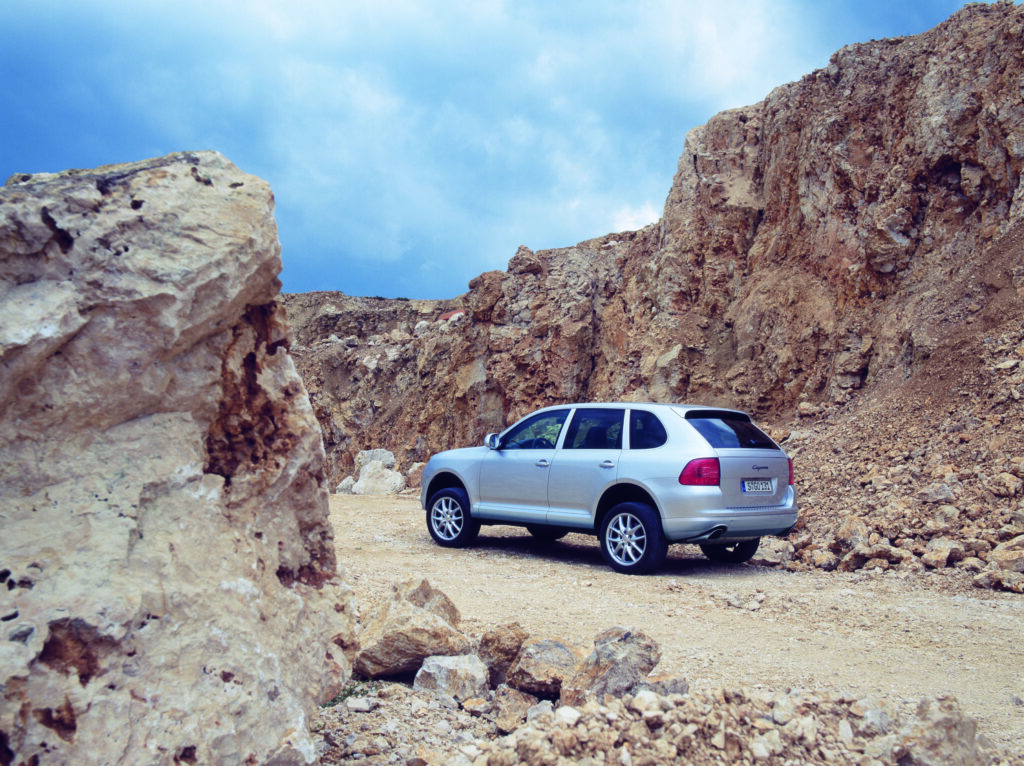
In case you haven’t guessed, it’s the V8 S that is the Cayenne sweet spot. It has the V8 vibe, but crucially it is relatively simple to maintain and isn’t overburdened with electro-mechanical trickery. And being steel sprung means there is no air suspension to go wrong.
The V8 S is a tough old bus. It has its issues like any other Porsche, or once-expensive SUV for that matter, but the bad news always rises in internet forums. In reality, there is no killer blow that will put one out of action, just a steady accumulation of neglect and abuse as they fall down the food chain.
Running a car like a Cayenne will never be cheap per se, but on the plus side, you don’t need to have an account at your local Porsche Centre for servicing or parts. It is a conventional wagon in every sense, well within the skill remit of the local garage, or even home spannerist, and there is little that cannot be bought from the likes of Euro Car Parts. Oh, and don’t forget, there’s a lot of VW Touareg/Audi Q7 cross-over too.
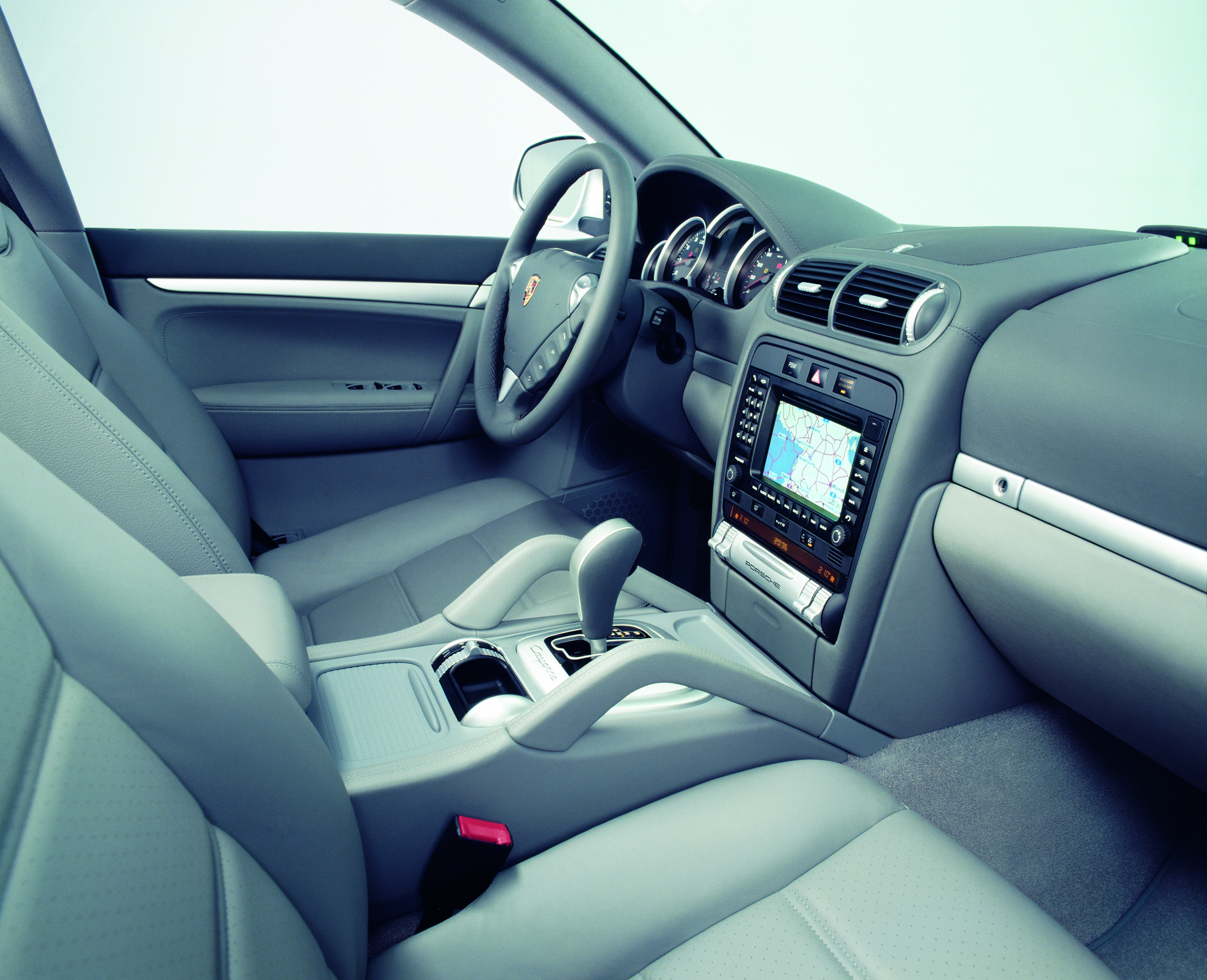
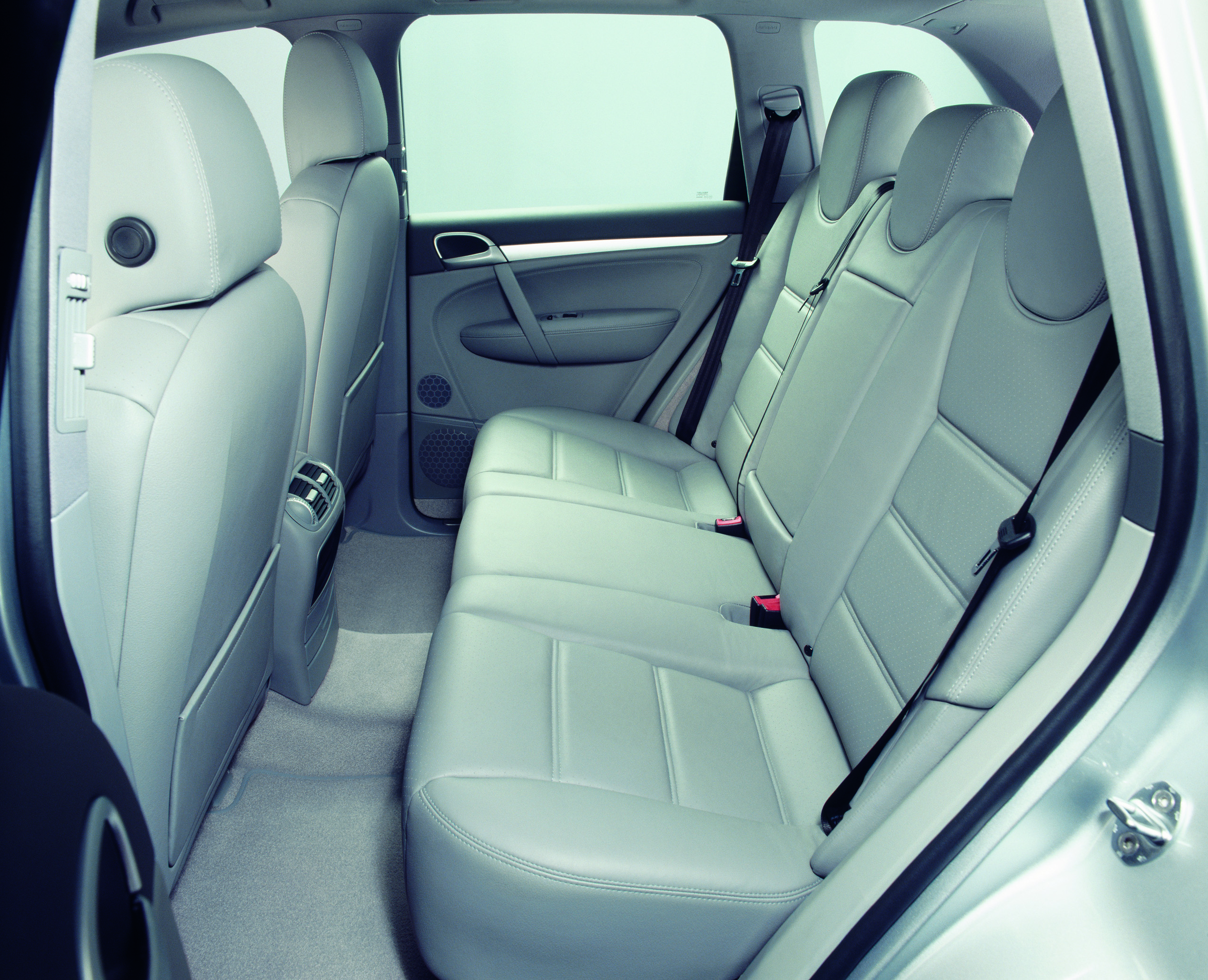
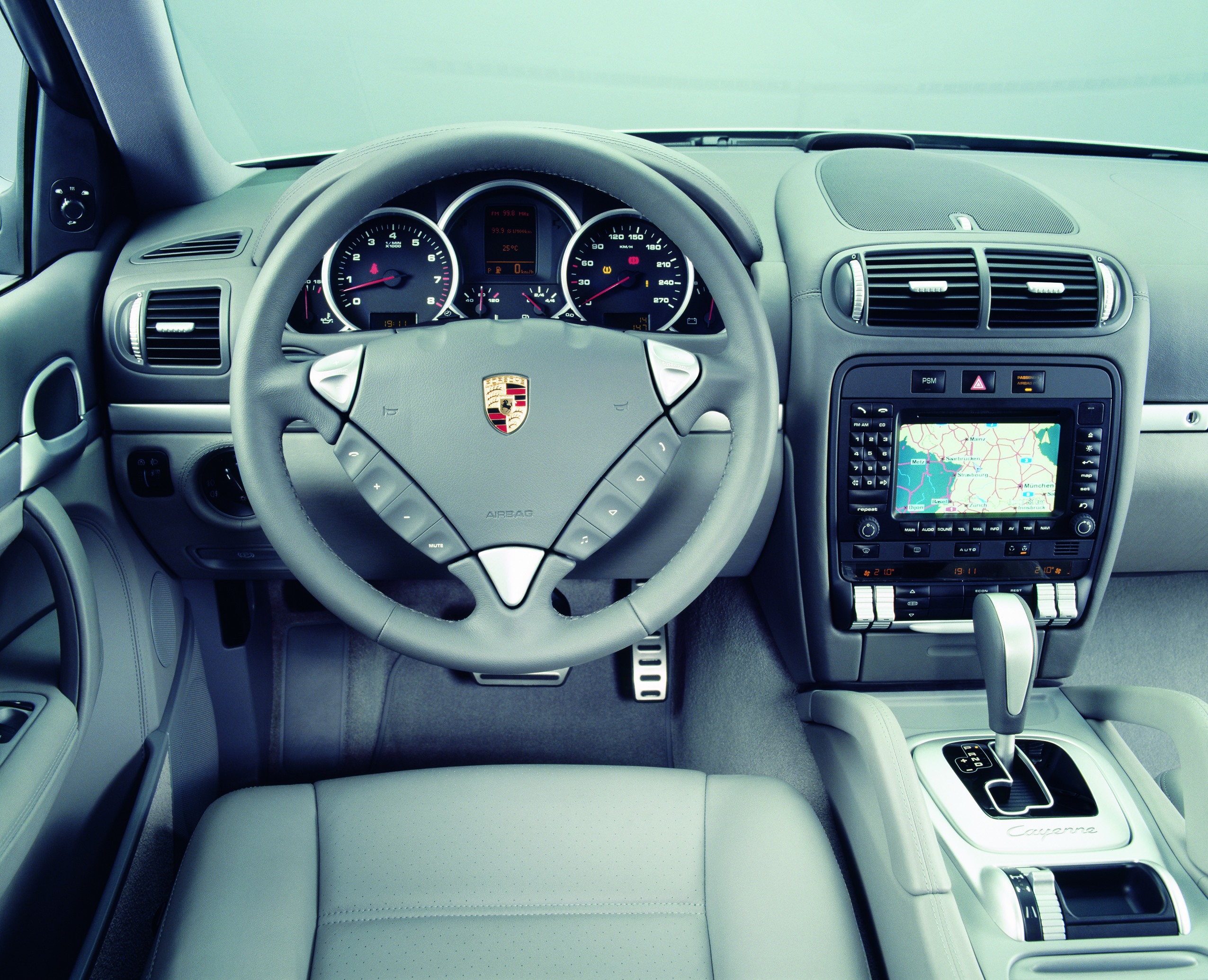
Prices? Well, don’t bother looking to the normally indispensable Hagerty guide. The Cayenne hasn’t made the classic cut, just yet. Hence the question. With no clearly defined price structure, values are all over the place, but we would say that £4000 is a bare minimum for a V8 S and £6000 is a realistic starting point for a good useable example, with the back-up of major maintenance.
James Ruppert, the founding father of Bangernomics, is an evangelical advocate of cost-neutral motoring, and also happens to be a Cayenne owner. Specifically a 2005 Cayenne V8 S owner of four years, which is plenty long enough to form an opinion and/or experience any mechanical dramas. So firstly Cayenne: Classic or cool? “I think it’s a good-looking car, but then I would say that. Cool? Why not? It’s certainly the first of its kind. I’ve had X5s and the Cayenne is a very different proposition. It really can do it all. Oh, and I’ve had a Discovery, that really was a shocker and it died a horrible death!”
Ruppert paid £6000 for the family Cayenne (or The Flying Pig, as it is affectionately known) and has put 25,000 miles on it, taking it to 115,000 miles. He reckons it’s still worth £6k now, which is after all one of the principles of depreciation-proof cars, not to be confused with cheap. “You’ve got to be realistic,” he says. “You need a contingency of say, £1k a year to be safe. Not that it’s cost a lot, but right now 20mpg, with fuel prices as they are, does sting. Good job I’ve got a classic Mini too.”
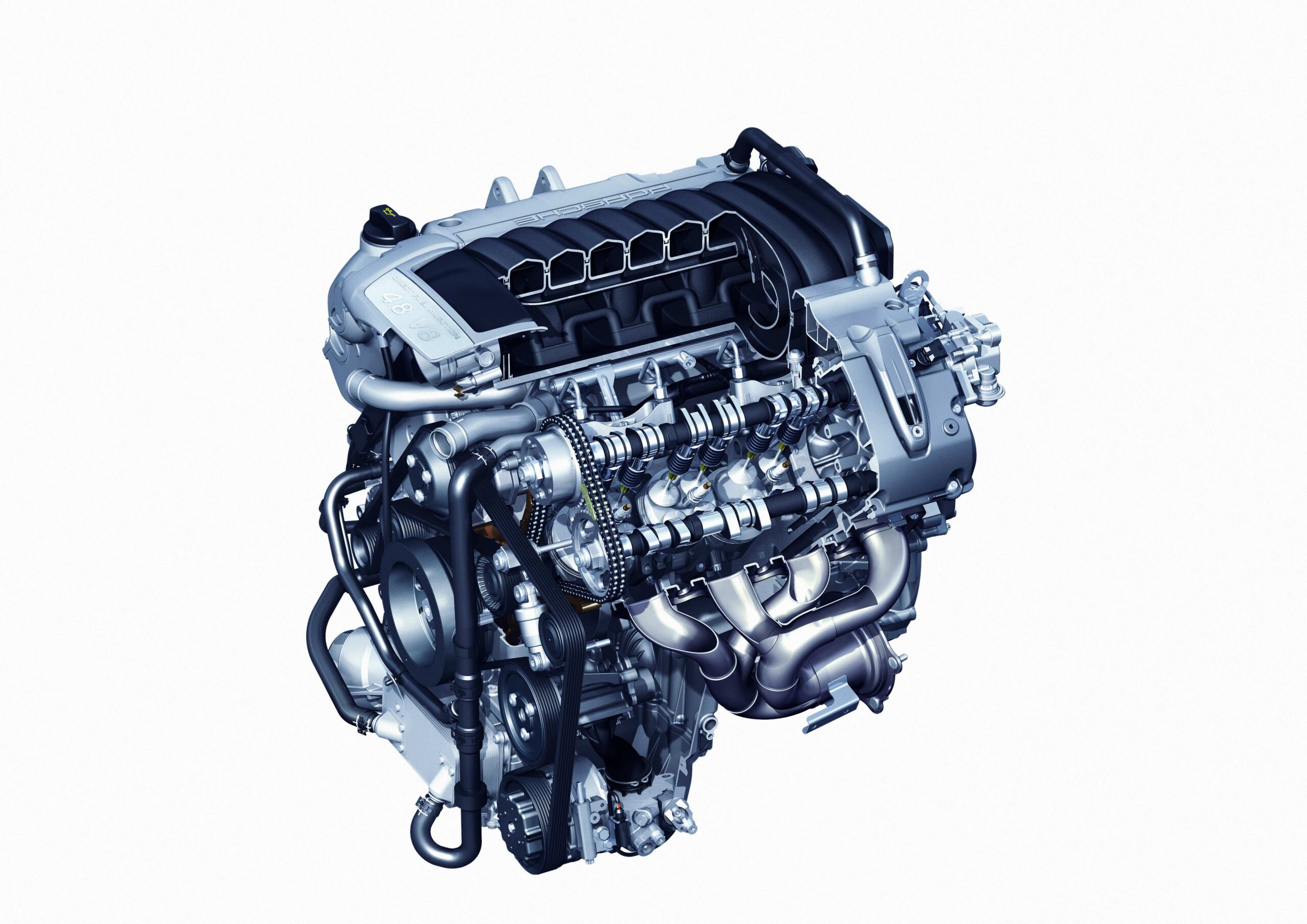
Aside from consumables, Ruppert’s Cayenne has suffered from one of the major, well documented Cayenne issues: “The plastic water pipes that run through the vee of the engine are prone to age and leaking. There is a metal replacement pipe kit/fix. My local garage did the work. It’s a biggish job, but not a Cayenne extinction event, although Rob at the garage did say something along the lines of: “That was a horrible job. Hated it. Glad I did, so that if anyone asks me to do it again, I can say no.” All in, that wiped out the 2020 contingency, but otherwise it all been about consumables and a single, solitary suspension arm.”
John Glynn echoes the view of Ruppert that an early Cayenne could be a smart buy. Glynn, of Classic Car Valuations Expert, has run his 2004 Cayenne V8 S for six years and 60,000 miles. It helps that he’s had his converted to LPG, by Avon Autogas in Bristol, for a not unreasonable £1350, on top of the original £5500 purchase price. With LPG at roughly half the price of unleaded, it effectively doubles the fuel economy.
What does Glynn believe is the secret to hassle-free Porsche Cayenne ownership? “Go for a simple spec. You want steel springs, and 18-inch wheels, then the tyres are not silly expensive. And besides, it rides better. It’s been a great car, and they’re not too complicated compared to anything current. Fast, comfortable, the kids love it, and it will tow anything, like a trailer with ton of bricks in it, no problem. Or a Porsche GT3 rally car to Monte Carlo!”
Come again? “Richard Tuthill is a mate and a few years back he was doing the Monte, in the Tuthill-developed WRC GT3. The service van croaked the day before the team was due to drive to Monte Carlo, so I lobbed them the keys to the Cayenne. It got them out of a hole and won over a load of new fans.” Can’t argue with that.
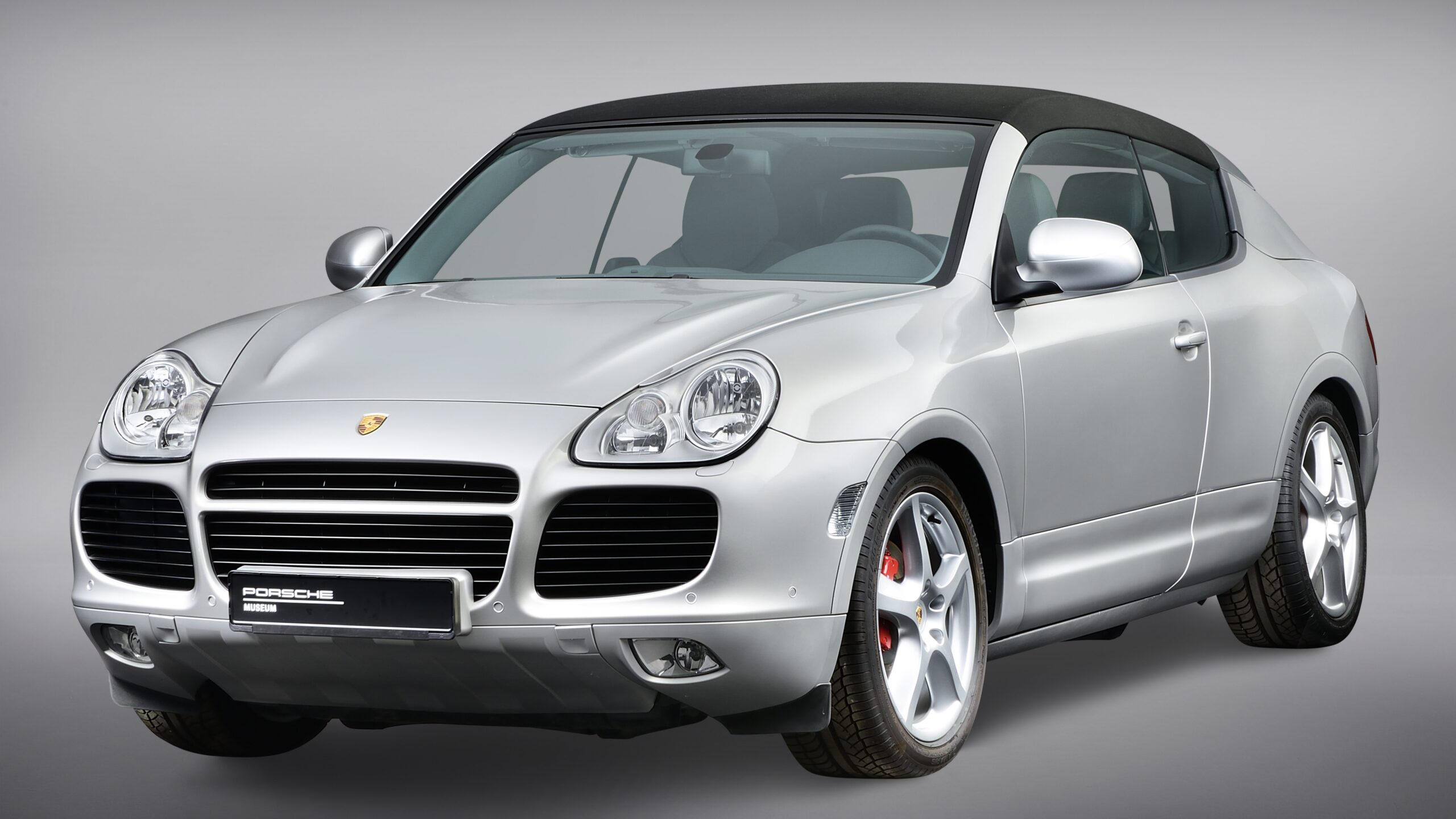
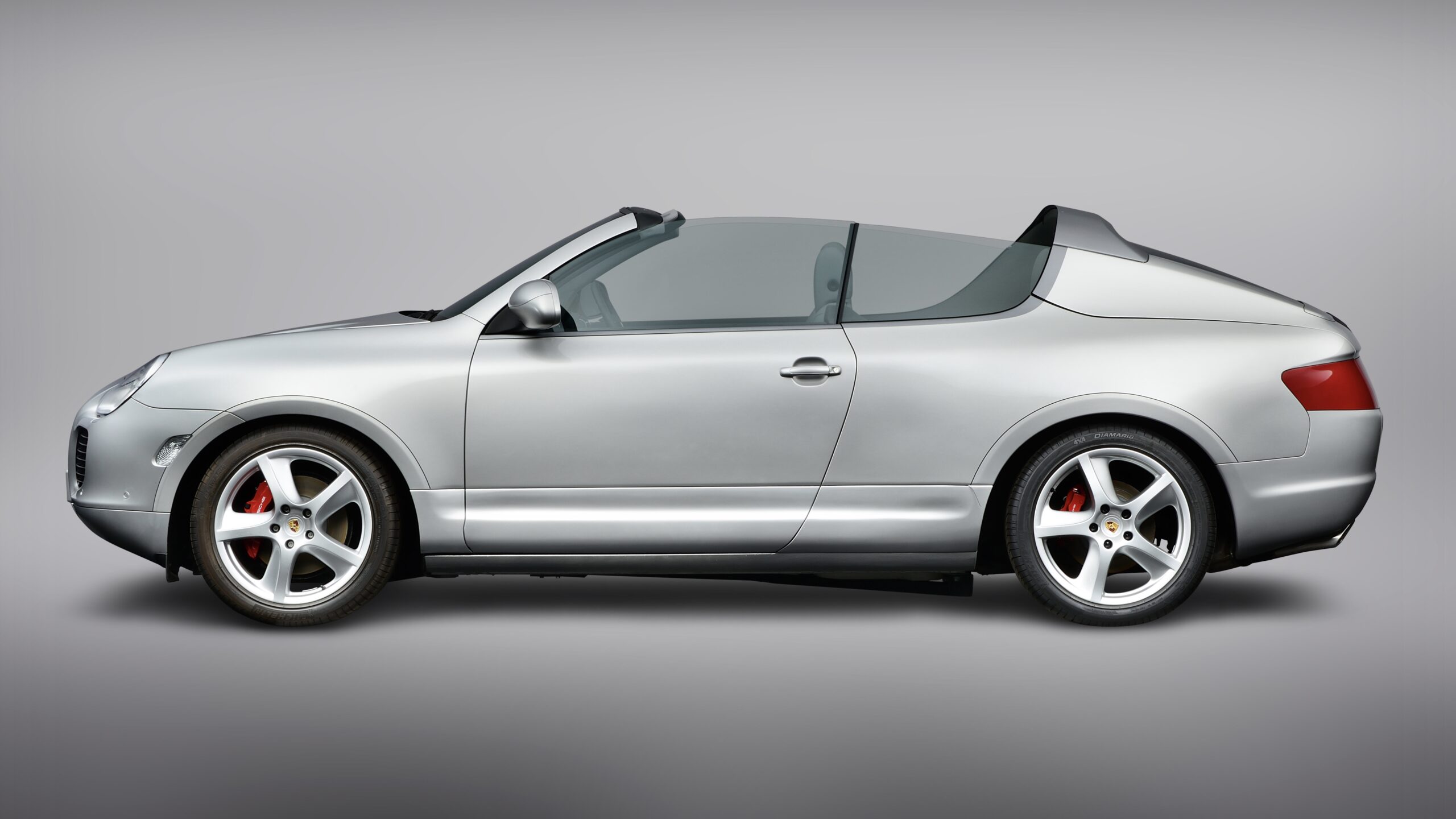
Any issues? “It’s mainly been consumables and routine servicing, but yep there has been one biggie.” Go on, we’re all ears… “The auto box developed a fault in that it wouldn’t shift from fourth, fifth to sixth. The valve body that operates the final three ratios needed replacing. But the good thing is, there’s nothing complicated about the auto box (which is shared with the VW Touareg and Audi Q7), it’s just a simple Japanese Aisin Warner unit. Recon valve bodies are widely available. Transmission tech in Solihull fixed mine for £1250. I’ve since sent countless people there.”
So, there you have it. The Porsche Cayenne at 20 years old. A classic SUV? Well, why not? Worthy of celebration? We think so. And if it were any other Porsche, then its 20-year birthday would be front page news. They’ll be celebrating in Stuttgart, mind, especially the finance department.
As the transition to electric power takes a hold, anyone in need of a tough, affordable workhorse that will exceed expectations on the road and tow laden trailers or caravans with ease – a task that decimates the range of an electric car – should take note.
The Cayenne has played a hugely significant role in Porsche’s history, and early, original examples of the German SUV may well come to be in more demand than any of its early critics could have imagined.
Read more
10 Sought-after Utility Vehicles
All aboard the Porsche bus: Dakar support car up for sale
Opinion: Super SUV? Give me a fast estate car any day



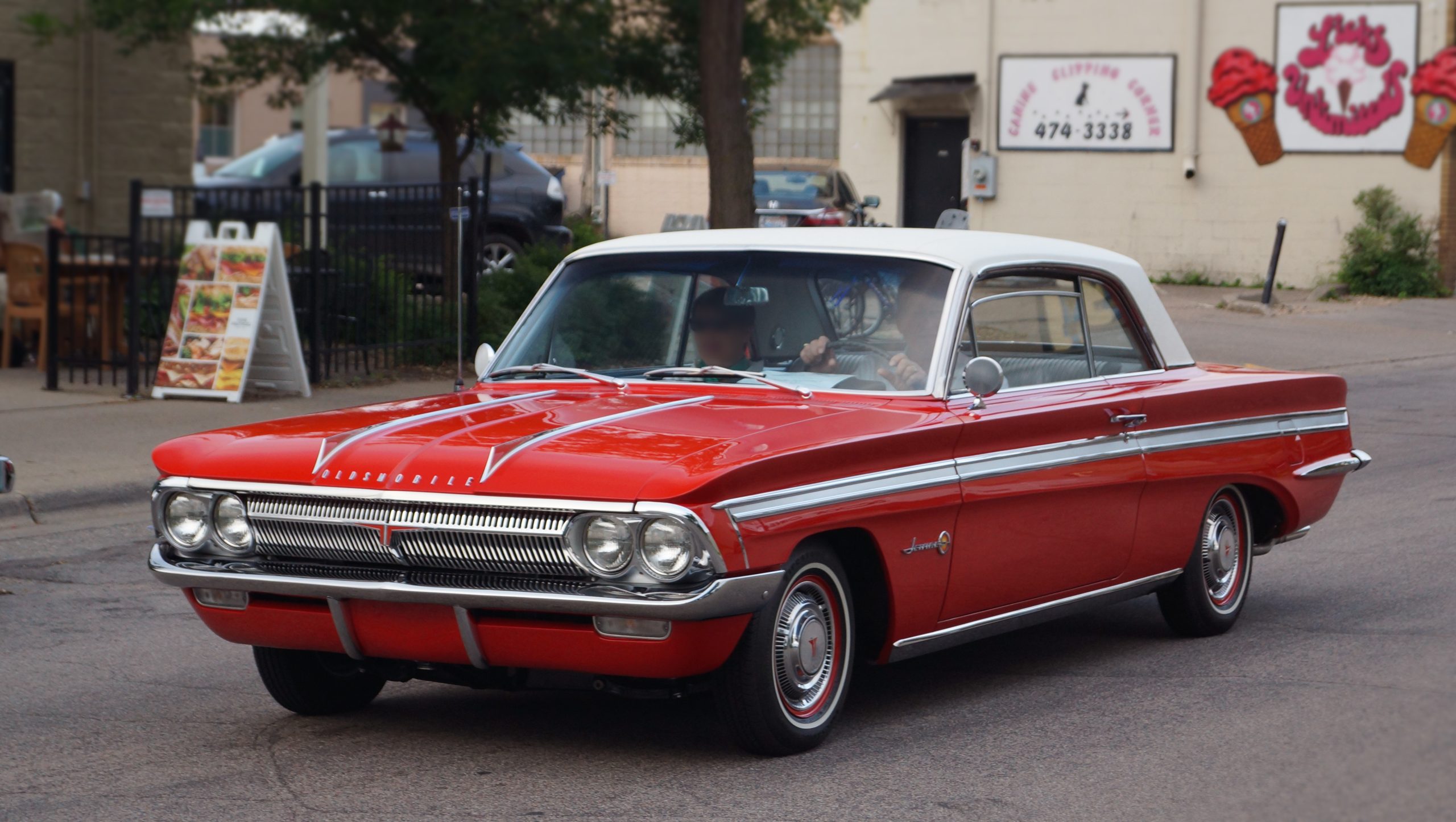






“…it also got royally castigated for building an SUV that was considered pug-ugly too. But was it, is it?”
Yes and yes.
I admire the attempt to paint it in a better light retrospectively but there is no way that it could be considered anything other than fugly, then or now.
Great article. Think familiarity with the styling means it’s looked on more kindly than when released but a RR of the a similar vintage would get my vote for looks if not my money..
Sorely tempted…
I have a 2000 for 3.2 manual with full service history and the the options from the factory it has got every stamp service stamp from the word go and it drives absolutely mint I believe the manual ones are very rare are it doesn’t matter how much it cost to run I absolutely love it.